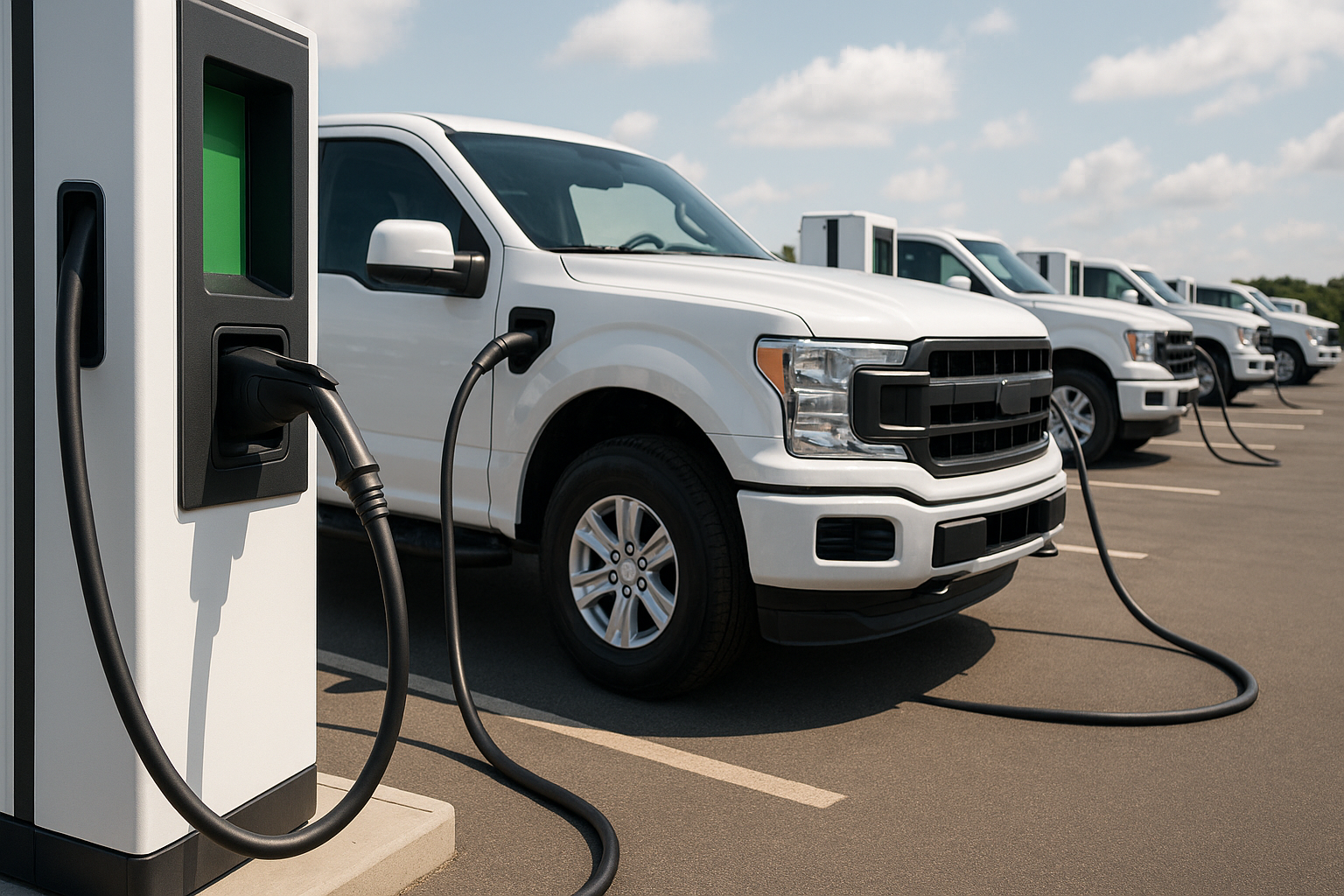Interoperability of Public EV Charging in India

Have you ever faced the agony of carrying multiple credit and debit cards in your wallet, unsure which one will work? Drivers of electric vehicles (EV) worldwide face a similar problem today, having to maintain multiple access cards and mobile applications to charge their electric vehicles from different network providers. According to a recent survey, European EV users install six applications on average and juggle up to 5 access cards regularly.
The clutter is best solved by interoperability i.e., the use of standardized infrastructure that allows different market players to work together without restriction. Interoperability makes EV roaming possible, in which EV drivers access charging stations operated by various providers through a single application or platform. It is made possible by agreements between market players such as charge point operators (CPO), mobility service providers (MSP), and roaming platforms.
Roaming reduces range anxiety for EV drivers by providing access to a wider charger network through a single, convenient account. This results in consistent service levels, simplified billing, and seamless user experience. Increased demand helps the charging players attract new customers, monetize their investments, and expand to new geographies by collaborating with existing networks. Aggregating both demand & supply kicks in network effects, benefiting the entire electric vehicle ecosystem.
Roaming is a recent phenomenon and has found traction in Europe's mature EV markets and is beginning to pick up in the USA. Numerous technology options (such as OCPI, OICP, OCHP, and eMIP) and business models (such as peer-to-peer, clearinghouse, and hybrid) remain in play, with each country customizing roaming according to their requirements. Though market players are often motivated to participate in roaming to improve their business viability and customer experience, policy and regulation are also playing a part.
eDRV is collaborating with the Centre for Energy Finance at Council of Energy, Environment, and Water (CEEW-CEF) to encourage market players in India to think about roaming before it gets too late. Our goal is to develop structures tailored to India, which consider the nation's policy framework, market structure, and political economy. The project aims to combine the lessons from mature EV markets with India's market realities to draft a framework for roaming in public EV charging networks.

India is at an early stage in its electric mobility transition, providing an opportunity to proactively forge a consensus that would enable and enhance the transition. The project shall focus on public charging, where interoperability benefits are most significant and critical for consumer convenience and confidence. The project shall identify functional, technical, legal, and policy gaps in implementing EV roaming in the country.
We kick-started the project in July with a roundtable discussion amongst a panel of Indian and international experts. Participant backgrounds included charge point network providers, fleet operators, think tanks, government institutions, original equipment manufacturers, and utilities. Everyone echoed interoperability's role in faster adoption of electric mobility and shared their perspectives to advance the project'.
As a public exercise, eDRV and CEEW-CEF intend to regularly engage the broader electric mobility ecosystem on this project through webinars, discussions, and publications. If you are plugged into this ecosystem or have an interest in EV roaming, we would be happy to hear from you.
Ultimately, the ideal EV charging network will provide easy, simple, and user-friendly service to every EV driver across the country. Interoperability is a vital building block towards this vision and one that we are proud to initiate in India.


.png)

.jpg)


